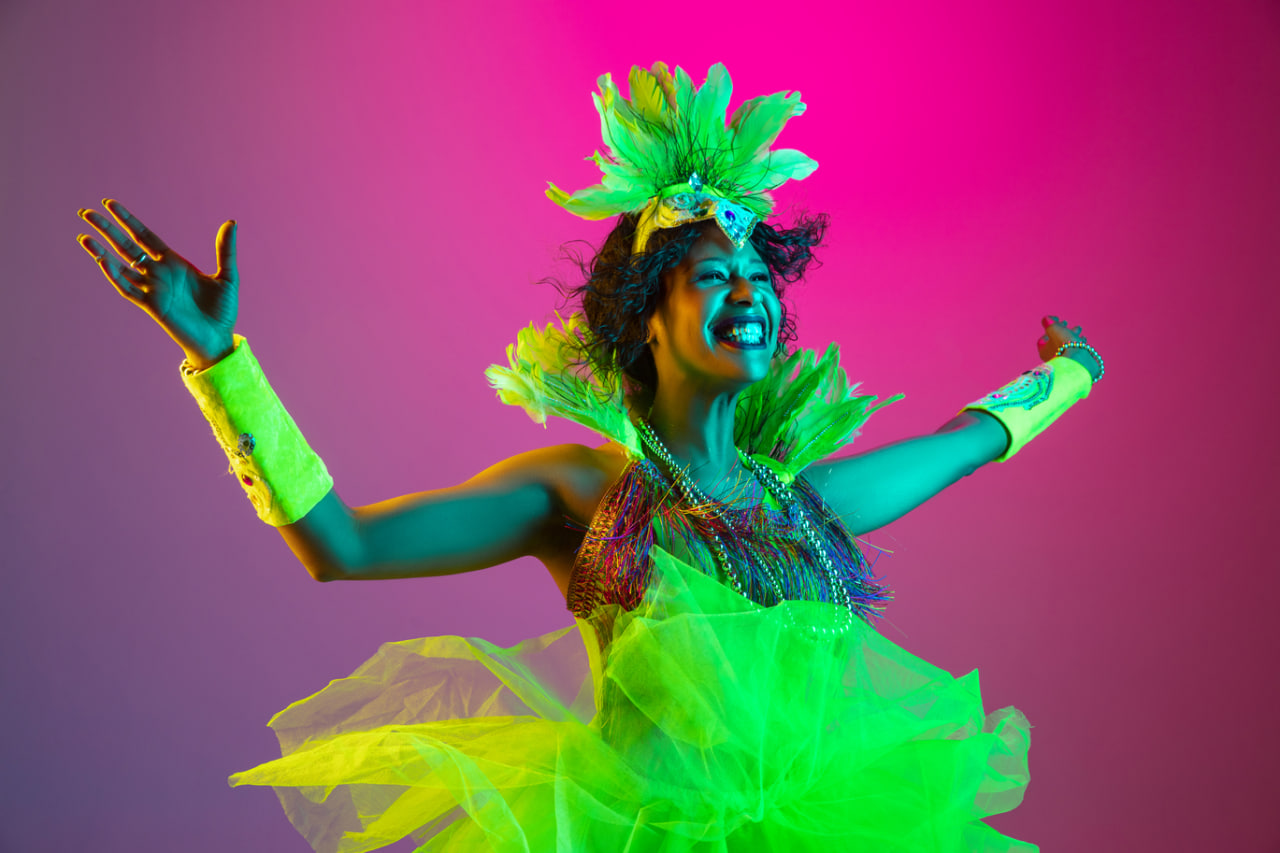Folk dance has always been a mirror of human life, capturing traditions, emotions, and community spirit. What once took place in village squares during festivals and gatherings is now performed in theaters, schools, and international stages. This transformation does not erase the roots of folk dance but instead gives it new forms and meanings. The journey from small communities to global audiences shows how tradition adapts without losing its heart.
The Origins of Folk Dance in Community Life
For centuries, folk dances were inseparable from daily life. They were not staged performances but communal expressions tied to agriculture, religion, and celebration. Villagers would gather after harvests, weddings, or seasonal rituals to share dances that reinforced unity. Each region developed its own steps, costumes, and rhythms, often influenced by the environment and the local way of life. A dance by the sea might echo waves in its movements, while a mountain community’s dance might emphasize strength and stamina.
The Role of Ritual and Symbolism
In their earliest forms, many folk dances had spiritual or ritualistic roles. Movements were often symbolic, representing fertility, gratitude, or protection. These symbolic roots remain visible today, even when the dances are performed for entertainment. Understanding this foundation helps explain why certain gestures or patterns carry weight beyond aesthetics. They are the memory of collective values, carried forward through generations.
Transition to Performance and Preservation
As societies modernized, folk dances began shifting from spontaneous communal gatherings to organized performances. The rise of cultural festivals, national celebrations, and folklore ensembles in the 19th and 20th centuries helped preserve traditions that might otherwise have faded. Costumes became more elaborate, choreography more polished, and performances more structured. While some critics worried that this staged version diluted authenticity, it also ensured that dances reached wider audiences and survived changing lifestyles.
Folk Dance on the International Stage
Globalization has brought folk dances far beyond their places of origin. International festivals, cultural exchange programs, and online platforms now allow dances from one corner of the world to be shared globally. Audiences in Europe can experience African rhythms, while Asian stages welcome Latin American folklore. This visibility has elevated folk dance into an art form appreciated across borders, highlighting its role as a universal language of movement and tradition.
Blending Tradition with Innovation
Modern performers often blend traditional steps with contemporary influences. This evolution allows folk dance to remain relevant while honoring its roots. For example, choreographers may incorporate modern music, lighting, or staging techniques, yet preserve the original movements. In some communities, young dancers reinterpret traditional forms with hip-hop or jazz elements, creating hybrid performances that speak to both history and modern identity. This blend does not weaken tradition but shows its ability to adapt and inspire new creativity.
The Balance Between Authenticity and Adaptation
A challenge in the evolution of folk dance is balancing authenticity with adaptation. Too much change risks losing cultural depth, while rigid preservation may alienate younger audiences. Successful evolution comes when performers respect the origins of a dance while finding ways to connect it to today’s world. This balance ensures that dances remain alive, rather than being confined to museums or archives.
Folk Dance as a Bridge Between Generations
Another important aspect of evolution is how folk dance connects generations. Older dancers pass down knowledge, while younger participants bring fresh energy and perspectives. This exchange ensures continuity, keeping the dance meaningful for both those who carry tradition and those who reshape it for the future. In this way, folk dance becomes a dialogue between past and present.
The Future of Folk Dance on Global Stages
Looking ahead, folk dance will likely continue expanding its global presence. Digital platforms make it possible for anyone to learn, share, and celebrate dances from around the world. At the same time, cultural organizations and local communities will play a vital role in safeguarding authenticity. The balance of preservation and innovation will define the future, ensuring that dances born in village squares can thrive on international stages without losing their original spirit.

